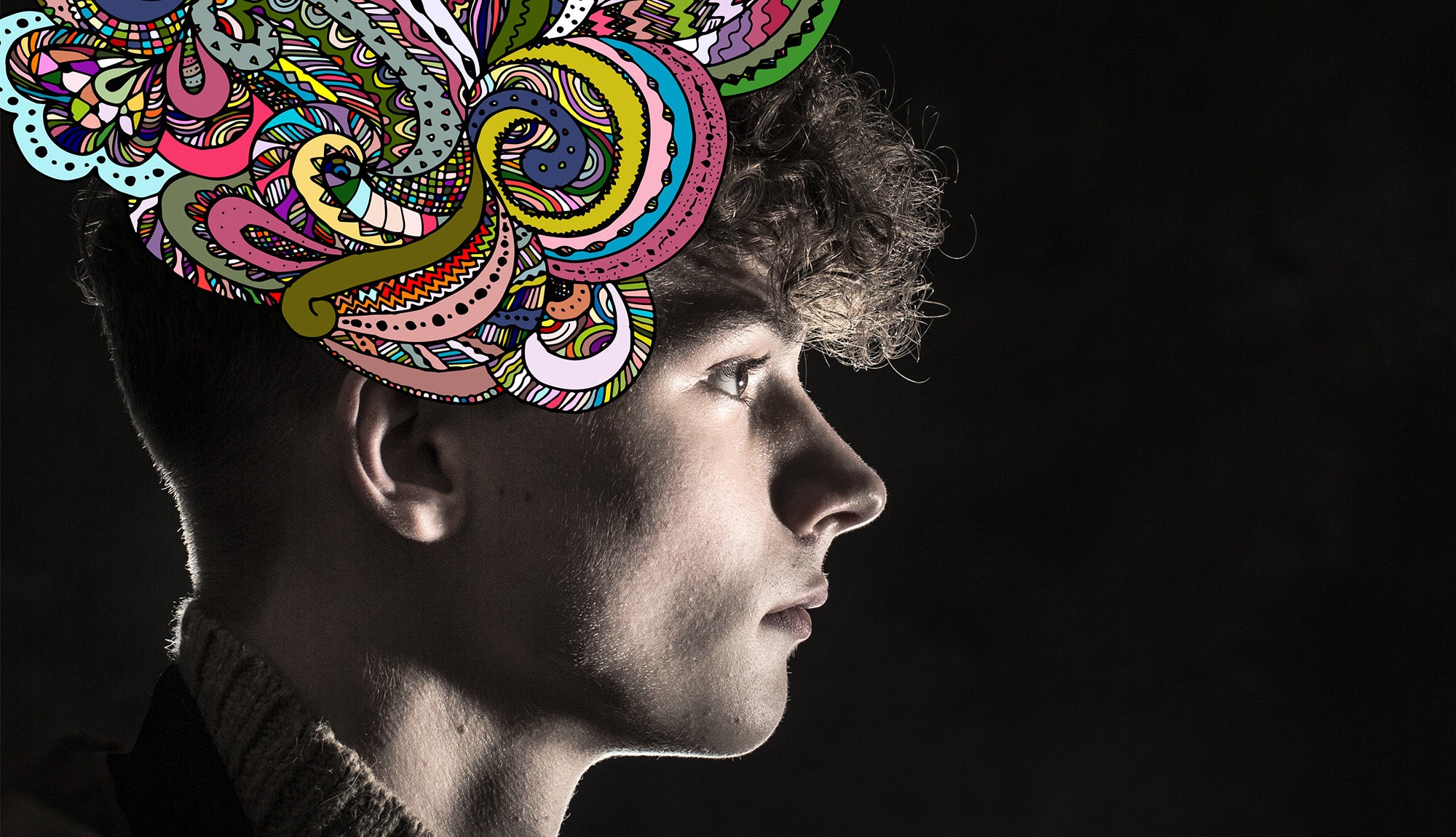Beyond Cannes, Chanel has partnered with Toronto International Film Festival, Busan International Film Festival and Tribeca Festival in New York City. At the latter, Chanel has partnered on a women’s filmmaker programme, Through Her Lens, since…
Author: admin
-

Global study maps how trade and travel fuel the worldwide spread of disease-carrying mosquitoes
A comprehensive global analysis reveals how non-native mosquito vectors are hitchhiking across continents via shipping, tourism, and trade, pinpointing the regions where prevention and early detection could have the greatest…
Continue Reading
-

Jim Parsons reflects on hit show ‘Big Bang Theory’
Photo: Jim Parsons reveals how ‘Big Bang Theory’ almost ended early Jim Parsons has been reminiscing about one of the most uncertain moments during The Big Bang Theory’s early days.
In a new chat with Us Weekly, the…
Continue Reading
-

‘Nothing changes’ – Lando Norris states no McLaren team orders in title fight against Max Verstappen ahead of Mexico City Grand Prix
Lando Norris has dismissed suggestions that despite the ever-increasing threat posed by Max Verstappen, McLaren will employ team orders to favour either himself or Oscar Piastri in the title battle.
Norris enters the Mexico City Grand Prix this…
Continue Reading
-

Writer of the Iconic ‘Alien’ Tagline Was 89
Barbara Gips, who helped sell Ridley Scott’s classic horror sci-fi thriller Alien to unsuspecting moviegoers with her now-legendary tagline “In space no one can hear you scream,” has died. She was 89.
Gips died Oct. 16 in the Bronx…
Continue Reading
-

2 brain scans are better than 1 in predicting teen anxiety, study finds
Potential for early detection: The findings could help scientists identify at-risk youth sooner, paving the way for earlier, more personalized mental health interventions.
When you’re a teenager, it’s easy to feel like the world is…
Continue Reading
-

Asian Stocks Higher as Trump-Xi Plan Eases Nerves: Markets Wrap
(Bloomberg) — Asian stocks rose on Friday as a plan for Donald Trump and Xi Jinping to meet eased nerves around a trade war. Oil prices edged lower ahead of US inflation data.
An MSCI gauge of Asian shares was up around 0.3%, following a move higher on Wall Street on Thursday. Technology stocks were among the best performers in the region, with South Korean chipmaker SK Hynix Inc. jumping more than 5%. That helped Korea’s Kospi Index add to its blistering rally this year, leading Friday’s gains with a 1.5% rise in early trading. The dollar was little changed.
The moves came after the White House said President Trump will meet his Chinese counterpart Xi Jinping on Oct. 30, a chance for the leaders of the world’s two largest economies to cool the temperature after a recent flare-up in trade tensions. But quantum-computing stocks also got a boost from reports that the Trump administration was mulling financial support for some firms, a move to counter China.
Investors are now turning their attention to the delayed inflation report from the US, which will be released on Friday. The cross-asset moves overnight suggest investors are optimistic the inflation reading won’t be a major drag to global markets that have zoomed higher over the past month.
“Valuations continue to be the best argument for bears, but the relentless buy-the-dip approach of investors has even the most pessimistic investors questioning their outlook,” said Mark Hackett at Nationwide.
Shares in Intel Corp helped lift the mood overnight, climbing in post-market trading after an upbeat revenue forecast. Treasuries had snapped a three-day rally overnight as yields rose across the curve, with the 10-year climbing five basis points to 4%.
West Texas Intermediate jumped 5.6% to settle near $62 a barrel on Thursday, the most since the start of the Israel-Iran conflict on June 13. The latest US oil sanctions signaled a major policy turn from the Group-of-Seven price cap strategy that sought to limit Russia’s earnings without disrupting supply or driving up global prices.
“As with the trade war, the fallout from the oil sanctions is murky at best, although we expect that from the perspective of the market at least, the kneejerk spike in crude will represent the bulk of the attention devoted to this matter, as it were,” said Ian Lyngen, Vail Hartman and Delaney Choi at BMO Capital Markets.
Inflation Focus
Investors will likely look past any evidence of stubborn inflation in Friday’s consumer price index report, as money markets brace for a Federal Reserve rate cut next week.
The September CPI report was delayed due to the US government shutdown. Economists in a Bloomberg survey forecast the core CPI, which excludes food and fuel, to have climbed 0.3% for a third straight month as higher import duties continue to gradually filter through to consumers. The projected monthly gain will keep the annual core CPI at 3.1%.
Friday’s CPI is important in the sense that it’s one of the few economic data points that we will see given the government shutdown, according to Emily Bowersock Hill, founding partner of Bowersock Capital Partners.
“But since the Federal Reserve is likely more focused on the labor market, we don’t expect Friday’s CPI to weigh heavily on next week’s Fed decision,” she said. “We will likely see two more rate cuts this year, in October and December.”
Prospects for Fed easing, durable earnings growth and AI investment spending support the view that the equity bull market has further room to run, according to Ulrike Hoffmann-Burchardi at UBS Global Wealth Management. But she also sounds a note of caution.
“Any setbacks in US-China relations or potential concerns about the durability of the AI-driven rally could trigger bouts of volatility,” she said.
How should regulators react to the blurring line between investing and gambling? Let us know in the latest Markets Pulse survey.
Some of the main moves in markets:
Stocks
S&P 500 futures were little changed as of 10 a.m. Tokyo time Hang Seng futures rose 0.7% to the highest since Oct. 10, 2025 Nikkei 225 futures (OSE) rose 1.2% Japan’s Topix rose 0.5% to a record high Australia’s S&P/ASX 200 was little changed Euro Stoxx 50 futures rose 0.1% Currencies
The Bloomberg Dollar Spot Index was little changed The euro was unchanged at $1.1618 The Japanese yen was little changed at 152.67 per dollar The offshore yuan was little changed at 7.1239 per dollar Cryptocurrencies
Bitcoin rose 0.9% to $110,547.22 Ether rose 1% to $3,870.74 Bonds
The yield on 10-year Treasuries was little changed at 4.00% Australia’s 10-year yield advanced three basis points to 4.15% Commodities
West Texas Intermediate crude fell 0.3% to $61.58 a barrel Spot gold rose 0.1% to $4,131.71 an ounce This story was produced with the assistance of Bloomberg Automation.
©2025 Bloomberg L.P.
Continue Reading
-

‘Jennifer’s Body’ Director Karyn Kusama Teases “Fun & Crazy” Sequel
More than 15 years later, Jennifer’s Body continues to pack a punch for its intended audience, and director Karyn Kusama is grateful for the film’s cult status.
After writer Diablo Cody expressed interest in making a sequel, Deadline…
Continue Reading
-
Samsung to start Galaxy S26 Ultra production first over others – THE ELEC, Korea Electronics Industry Media
- Samsung to start Galaxy S26 Ultra production first over others THE ELEC, Korea Electronics Industry Media
- Samsung Galaxy S26 series production delay could push launch date – GSMArena.com news GSMArena.com
- Samsung Revives Galaxy S26 Plus: IMEI…
Continue Reading
-

Medical Update on Kevin Porter Jr. – NBA
- Medical Update on Kevin Porter Jr. NBA
- “It didn’t look good”: Doc Rivers Drops Concerning Injury Update on Giannis Antetokounmpo’s $10,524,700 Bucks Teammate Sportskeeda
- Bucks’ new strength already faces major test after just one game Behind…
Continue Reading
